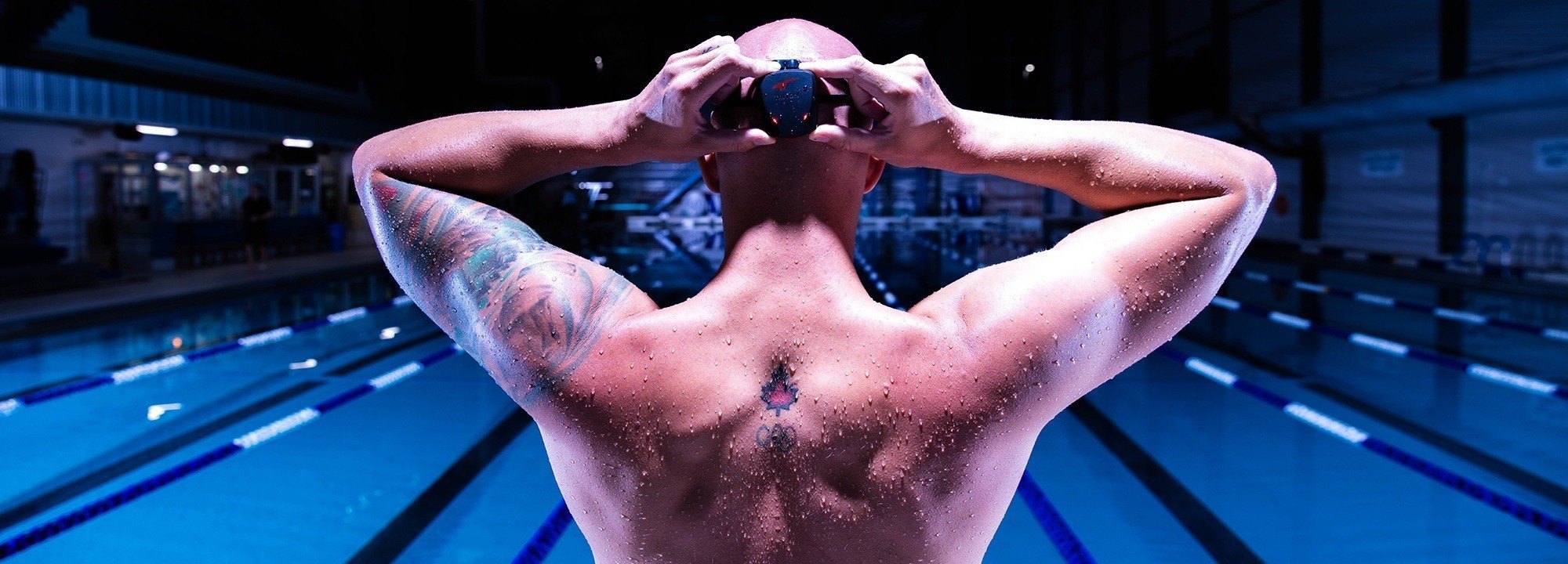With a new season upon us, athletes are starting to consider what comes next. Some athletes are riding the wave of a success, and are thinking about how to maintain the momentum next season, while others are underwhelmed by their performances and looking for ways to be better prepared come championship season.
Throughout history, there have been many schools of thought on how athletes can best prepare themselves for championship season. The challenge is that most of these strategies focus on the hours, days and weeks leading up to the event. It’s important to make sure your mind and body are prepared, but it takes more than that to win. Using technology can help ensure that every measure has been taken, so the podium is in focus when championship season approaches.
The key is to really understand and evaluate performance throughout the entire season, so you can be confident leading up to the race, knowing you have prepared for the event.
We have assembled the top 8 points to consider in your quest for podium status at the next championship event:
It’s never too early to start preparing for competition success. In fact, starting right at the beginning of the season is best, since there’s more time to analyze data, find opportunities and act on them.
When looking for opportunities to optimize strokes it can take months to make the incremental improvements consistently. If this process is started too late, it may not leave enough time to perfect your new approach.
2. Make checking the data a routine
Having data available for every race makes it easy to regularly check for performance changes; the key is in remembering to do so. Because the technology is new, the routine of reviewing and analyzing sets against one another to find areas of weakness to work on is not ingrained in athletes yet. It’s important to check data at a minimum on a weekly basis (but ideally after each practice) to quickly recognize areas for improvement.
Every elite swimmer knows their times, stroke counts, splits, and breath counts, but these don’t always show underlying techniques. The key to improving is to get familiar with the lesser- known metrics: Stroke Index, Distance Per Stroke, Stroke Rate, Turn Times, Push-off Strength and Time Underwater.
4. Understand strengths and weaknesses
Once you’re familiar with the numbers, the next step is to really understand how the numbers correlate to performance. Being able to recognize peaks and dips in these numbers will quickly highlight areas to focus on when testing new strategies. For instance, look for consistent dips in a certain lap of a race, or consistently longer turns or shorter underwater times, especially on longer races. Some swimmers excel at high stroke rates, getting much better distance per stroke, while others require faster repetition, and have the endurance to back it up.
Another way to find areas ready for improvement is to compare your performances against races swam by world class athletes. The TritonWear platform gives all athletes and coaches access to many elite match-ups from NCAA races, World Championships, Trials, and the Olympics. The platform can be used to compare the performance of an individual against the entire race, or against one of their heroes. Understanding how the pros differ will provide a clear direction on how to perfect technique to compete at that level.
6. Focus on optimizing weak points
With data in hand, and an understanding of weak points, it’s time to strategize a plan to improve. Come up with a few different theories to test over the course of a few months. Introduce incremental changes to technique, to quickly identify if a given theory is working. Be prepared to pivot to another strategy if targets are not being met.
Rome wasn’t built in a day; and performance improvements won’t come all at once, or even as quickly as desired. Be reasonable when planning improvement strategies: there’s a fine balance between setting stretch goals and setting the bar too high. Be fair so there are quick wins during moments of frustration. The key is to keep it challenging but attainable, so motivation is maintained. Set short and long term targets, so there’s small wins to celebrate along the path to achieving the ultimate goals.
Not every strategy will work for every athlete. It is important to test strategies along the way, seeing what works for your swimming style, physical strengths, and weaknesses. Some things will work better than others, which will become apparent the longer this approach is employed. Don’t go into the process with expectations, but instead let the data guide the way.
These tips don’t just apply to preparing at the elite levels. The same concepts work for younger swimmers just figuring out their technique, as well as mid-level swimmers looking to move up into the high performance field. No matter the calibre of swimmer, using technology can help make sure that when championship season rolls around, you’re poised and ready to take it on with confidence.
By regularly tracking metrics, you can review specific data, locate weak areas for targeted improvements, and monitor progress to determine the effectiveness of training plans. This simplifies the process of tailoring training to fit each athlete’s goals for the season.
To learn more about how using data to personalize training strategies can help you achieve competition success, visit TritonWear today.
VISIT THE TRITONWEAR HQ
LIKE TRITONWEAR ON FACEBOOK
FOLLOW TRITONWEAR ON TWITTER
FOLLOW TRITONWEAR ON INSTAGRAM
Swim training courtesy of Tritonwear, a SwimSwam partner.

